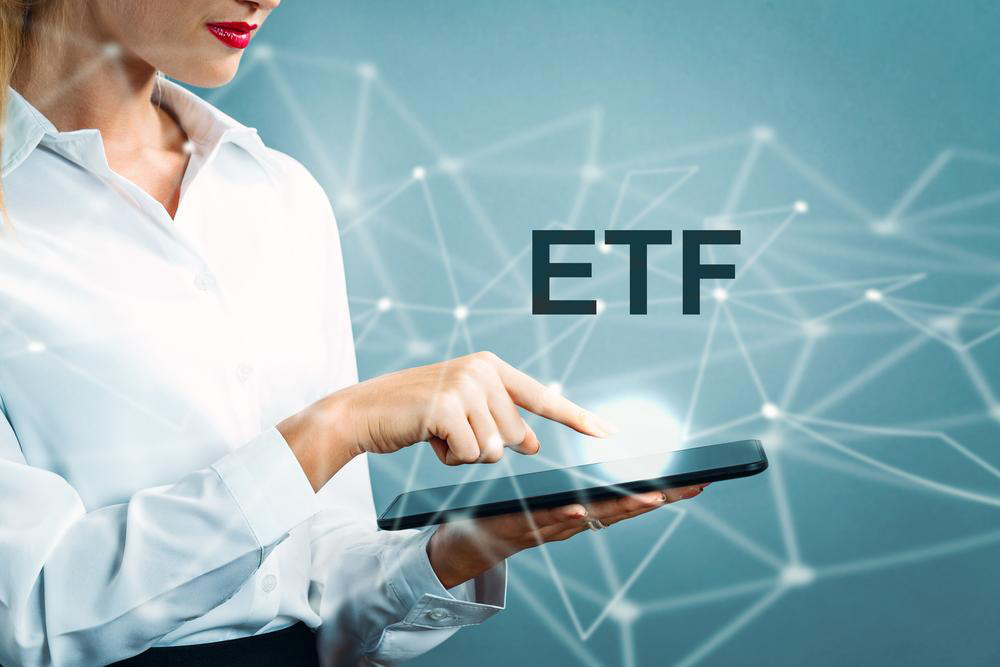Best ETF stocks to buy in 2017
After a rollicking first quarter with the S&P 500 rocketing more than 7%, the time after March has been a confluence of things. As a whole, the market had gotten exceptionally overpriced, dulling buying spirits. Currently, ETFs (exchange-traded funds) seem a much better investment than stocks right now, because of their sheer diversity which will mitigate losses, on the whole, minimizing damages caused by plummets in individual equities. So, what strategy should one apply for the rest of the year?

iShares Core Conservative Allocation ETF (AOK)
Type: Asset Allocation (Conservative)
Expense ratio: 0.25%
The iShares Core Conservative Allocation ETF (AOK) is a conservative portfolio and one of many funds which act like a portfolio in a box. In most cases, asset allocation funds hold a mix of cash, bonds, and stocks to meet a particular investment strategy. The more conservative ones hold more bonds than stocks, and the latter will also be the value ones and not the high-risk ones. Asset allocation funds that are more aggressive will focus on the portfolio’s equity side, and not hold many bonds.
AOK is invested 1% in cash, 32% in equities and 67% in fixed income securities. It also has 35% of its fund allocated and invested in overseas markets such as Germany (3%), U.K. (4%) and Japan (5%). AOK possesses this particular exposure by participating in numerous iShares funds, which includes the iShares U.S. Credit Bond ETF and the iShares Core S&P 500 ETF.
ProShares Short S&P500 ETF (SH)
Type: Inverse Index
Expenses: 0.89%
The ProShares Short S&P500 ETF is perfect for investors, irrespective of whether they’re bearish on markets or whether they’re worried about hedging their long positions. The ProShares Short S&P500 ETF takes an unleveraged short position on the S&P 500 hence, it returns 1% if the S&P 500 index goes down 1%. This ETF is true to its benchmark and its chart appears to be a mirror image of the SPDR S&P500 ETF Trust. Investors should remember, however, that ProShares ETF’s returns over time periods longer than 1 day could likely differ in amount as well as direction from the target due to the compounding of daily returns.
It is typically a method to hedge compared to any long positions on buy-and-hold.
Pimco Enhanced Short Maturity Active Exchange-Traded Fund (MINT)
Type: Short-Term Bonds
Expenses: 0.35%
If you want to park the bus, the MINT keeps the investor’s’ assets liquid, is non-flashy, has very little income as well as upside potential and has a current yield just more than 1%.
MINT’s entire purpose is to simply provide a better total return as compared to the money market funds. The fund has remained in the range of $101.5 and $100.5 (hence 1%) for the past 5 years by holding short-time investment-grade debt from companies such as Verizon and Barclays PLC.